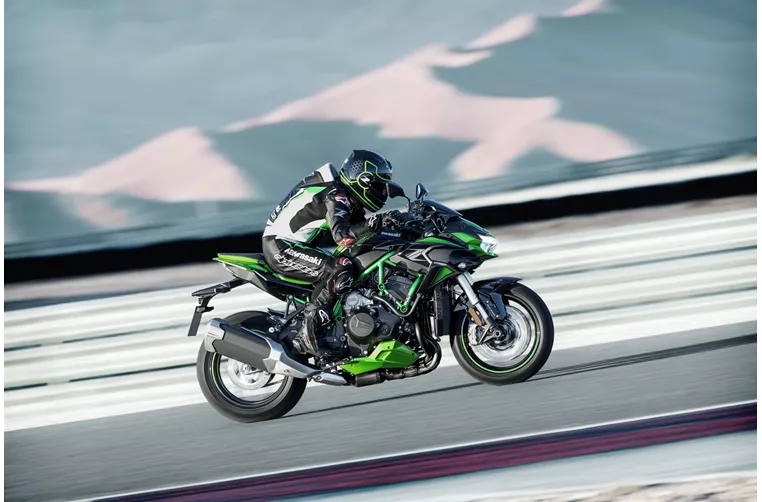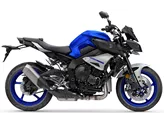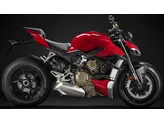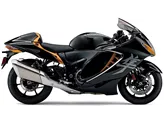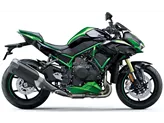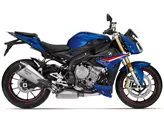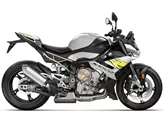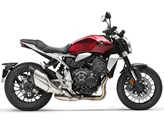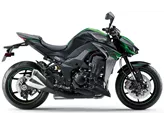Kawasaki Z H2 SE 2021 vs. Yamaha MT-10 2017
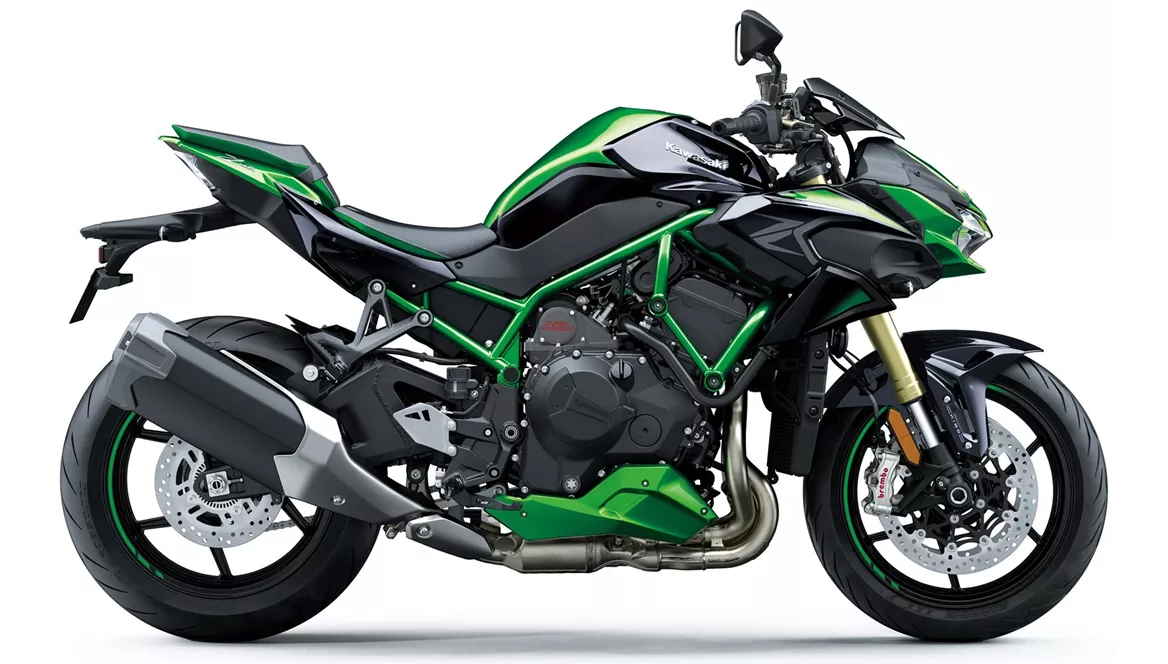
Kawasaki Z H2 SE 2021

Yamaha MT-10 2017
Overview - Kawasaki Z H2 SE 2021 vs Yamaha MT-10 2017
The Kawasaki Z H2 SE 2021 and the Yamaha MT-10 2017 are both powerful naked bikes with similar engine types, displacements, and fuel systems. However, there are several differences between the two models.
In terms of engine power, the Kawasaki Z H2 SE 2021 takes the lead with 200 HP compared to the Yamaha MT-10 2017's 160 HP. This makes the Z H2 SE significantly more powerful and provides a thrilling riding experience. The torque output is also higher on the Z H2 SE at 137 Nm compared to the MT-10's 111 Nm.
Both bikes feature upside-down telescopic forks for the front suspension and swing arms with monoshock absorbers for the rear suspension. The materials used for the swing arm are aluminum in both models, ensuring lightweight and durability. However, the frame construction differs, with the Z H2 SE having a steel frame and the MT-10 featuring an aluminum Deltabox frame. This may result in differences in handling and overall stiffness.
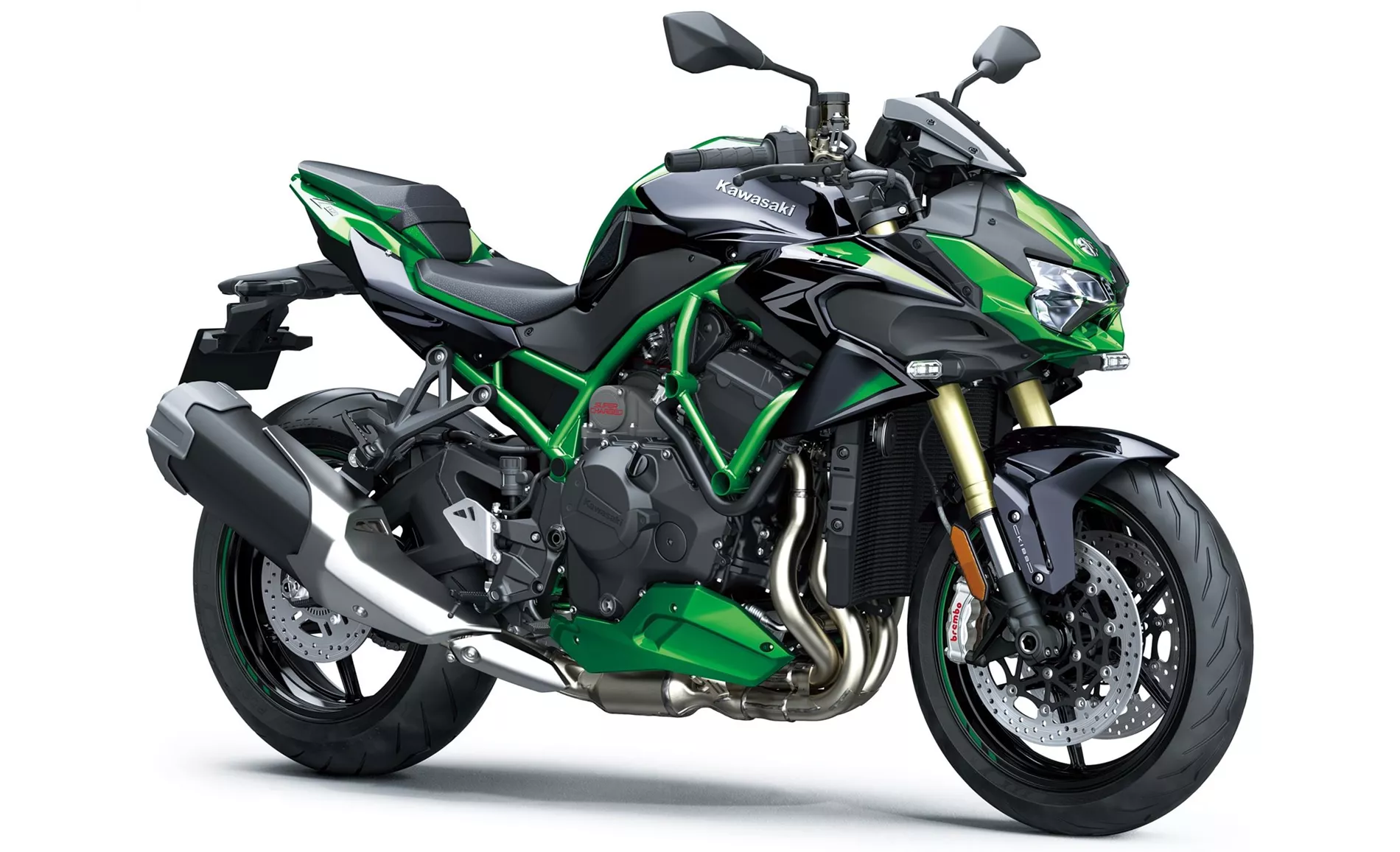
Kawasaki Z H2 SE 2021
In terms of braking, both bikes have double disc brakes with a diameter of 320 mm at the front. This provides excellent stopping power and control. The Z H2 SE also offers advanced rider assistance systems such as ABS, electronically adjustable suspension, riding modes, cornering ABS, launch control, ride by wire, quickshifter, traction control, and anti-wheelie. The MT-10, on the other hand, only features ABS and traction control.
When it comes to dimensions and weights, the Z H2 SE has a slightly wider front tire at 120 mm compared to the MT-10's 120 mm. Both bikes have the same rear tire width of 190 mm. The wheelbase is longer on the Z H2 SE at 1455 mm compared to the MT-10's 1400 mm. The seat height is also slightly higher on the Z H2 SE at 830 mm compared to the MT-10's 825 mm. However, the Z H2 SE is significantly heavier with a kerb weight of 240 kg compared to the MT-10's 210 kg.
In terms of fuel tank capacity, the Z H2 SE has a larger tank at 19 liters compared to the MT-10's 17 liters. This may result in longer riding ranges between refueling stops.

Yamaha MT-10 2017
In terms of strengths, the Z H2 SE stands out with its incredibly powerful engine, electronic chassis offering comfort, independent look with good wind protection for a naked bike, and a good braking system. On the other hand, the MT-10 is praised for its great sound, pleasant wind protection, comfortable seating position even on long tours, great engine response, and a balanced overall package despite its radical looks and wicked sound.
As for weaknesses, the Z H2 SE is criticized for its high weight and slightly narrow handlebars. The MT-10, on the other hand, has an inactive seating position on the racetrack and its chassis and ride assistance systems are considered sufficient for track days but not on the same level as other Powernakeds.
In conclusion, the Kawasaki Z H2 SE 2021 offers a more powerful engine, advanced rider assistance systems, and a larger fuel tank capacity compared to the Yamaha MT-10 2017. However, the MT-10 has its own strengths in terms of sound, wind protection, and overall balance. Both bikes have their own unique features and it ultimately comes down to personal preference and riding style.
Technical Specifications Kawasaki Z H2 SE 2021 compared to Yamaha MT-10 2017
Pros and Cons in comparison
Pros and Cons in comparison
Kawasaki Z H2 SE 2021
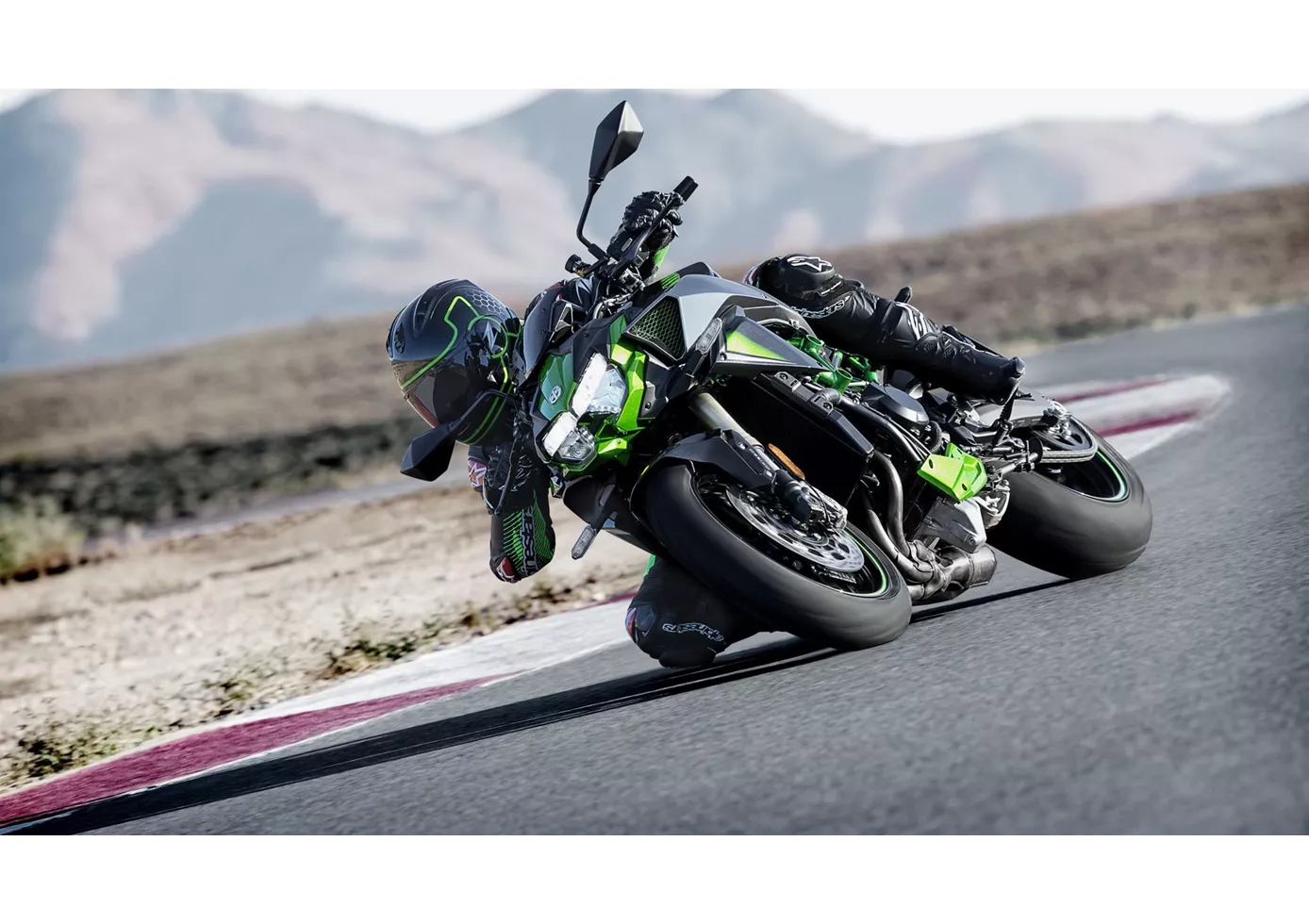
What a naked bike! The Kawasaki Z H2 SE has one thing that is absolutely addictive: a supercharged power unit that works like a steam catapult! The 200 hp from exactly one litre of displacement actually seem to unite from idle and tug together on the chain right up to the limiter. Nor can the Z H2 SE be accused of lacking stability; the electronically adjustable chassis does a good job and above all provides sufficient comfort. At almost 240 kilos ready to ride, the Kawa is of course no lightweight and needs to be pushed into the bends, but you can't call it unwieldy either. A slightly wider handlebar would help. The appearance is clearly a matter of taste, but the protruding front offers comparatively good wind protection.
Yamaha MT-10 2017

The Yamaha MT-10 exudes a lot of emotion with the cool CP4 engine, but also doesn't forget pragmatic utility. For a naked bike, it offers a lot of comfort on long tours. It rides fast but is still refined at all times. On the racetrack, the chassis is not precise enough to beat the other Powernakeds. Overall, however, it scores with its versatility paired with radical looks and awesome sound.
Price Comparison Avarage Market Price Kawasaki Z H2 SE vs Yamaha MT-10
There are a few key differences between a Kawasaki Z H2 SE 2021 and a Yamaha MT-10 2017. In terms of price, the actual average price of a Kawasaki Z H2 SE 2021 is about 65% higher. A Kawasaki Z H2 SE 2021 experiences a loss of 3,220 GBP in one year and 4,610 GBP in two years of ownership. This is offset by a loss of 1,010 GBP and 1,700 GBP for a Yamaha MT-10 2017. Compared to Yamaha MT-10 2017 there are less Kawasaki Z H2 SE 2021 bikes available on the 1000PS.de Marketplace, specifically 5 compared to 12. It takes less time to sell a Kawasaki Z H2 SE with 70 days compared to 143 days for a Yamaha MT-10. Since model year 2021 1000PS.de editors have written 9 reviews for the Kawasaki Z H2 SE and 32 reviews for the Yamaha MT-10 since model year 2016. The first review for the Kawasaki Z H2 SE was published on 23/11/2020 and now has more than 24,400 views. This compares to more than 20,700 views for the first review on Yamaha MT-10 published on 17/11/2015.




